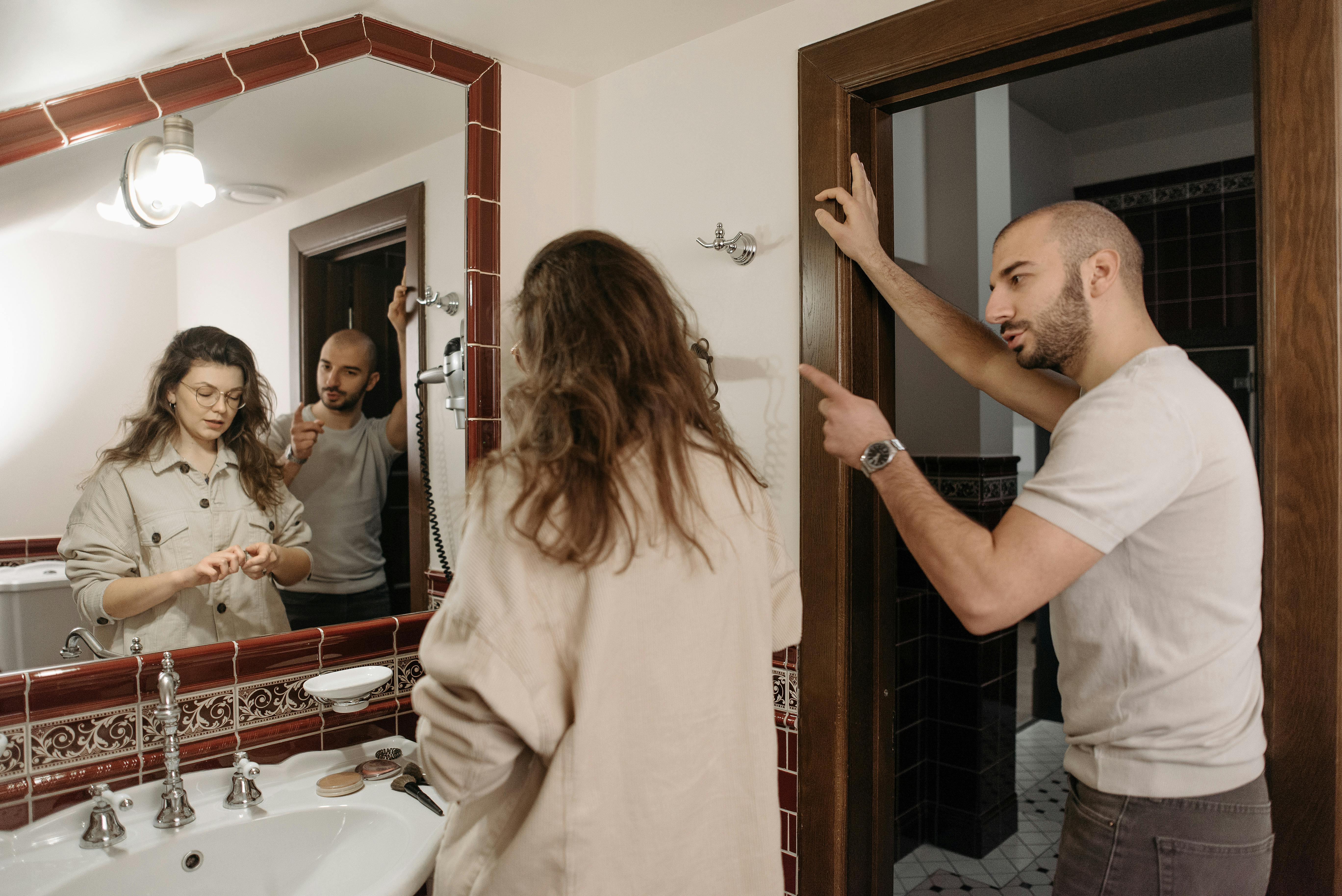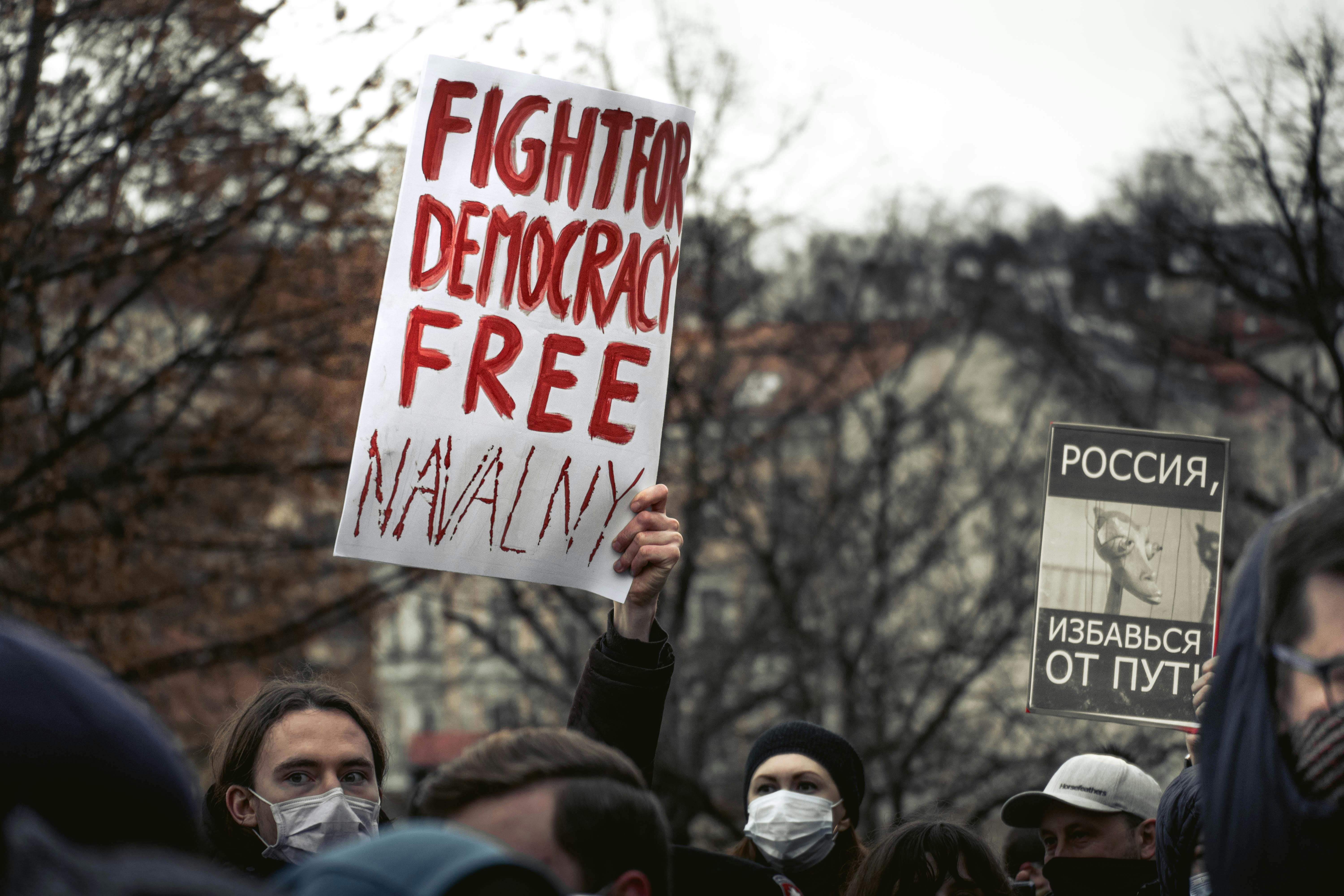The A,B,Cs of CBD in Texas
The CBD (Cannabidiol) journey began in Texas with the passage of the US Farm Bill in late 2018. This bill legalized the cultivation of hemp in the United States and was the precursor to individual state laws that They were approved to legalize the cultivation of hemp and the buying and selling of Cannabidiol products, which does not get you high. Texas followed up the Farm Bill with a bill of its own, which passed in the summer of 2019. It also legalized the cultivation of hemp and the buying and selling of Cannabidiol products. Texas farmers look forward to growing their first hemp crop in 2020, pending approval of the Texas Department of Agriculture’s publication of its rules and regulations for farmers registering to grow hemp.
Several other states, including Colorado, California, Oregon, Washington, North Carolina, and Kentucky, to name a few, are a couple of years ahead of Texas and farmers have been growing and selling their hemp to processors, who extract the cannabidiol. and sell it as tinctures, topicals, and edibles for humans, as well as for pets. Farmers have switched from growing other crops, such as tobacco and cotton, to growing hemp, with the promise of doubling income from the newly approved crop.
Why is Cannabidiol no longer a serious crime? What changed? The problem was that hemp looks and smells just like its sister plant, marijuana, the infamous plant used by people to get high. Consequently, hemp, along with marijuana, was banned in the 1930s by the United States because law enforcement and others couldn’t tell the difference between the two plants, so they threw the baby out with the bathwater. It was not corrected until 2018, when the Farm Bill was passed, reinstating the legality of the hemp plant.
Marijuana actually produces smaller amounts of Cannabidiol than hemp. And hemp produces smaller amounts of THC (tetrahydrocannabinol), the chemical that gets you high. Consequently, the federal government has determined that cannabidiol is legal as long as it is 3% or less in each and every cannabidiol product you buy. You can verify that amount through independent third-party lab Certificates of Analysis (COAs) that are published by Cannabidiol manufacturers and sellers.
What is all the fuss about CBD? Cannabidiol is a non-psychoactive compound that is extracted from the hemp plant, which has truly amazing properties, such as anti-inflammatory, antioxidant, antinauseous, muscle relaxant, antidepressant, anxiolytic, and many other qualities. It has been shown that it reduces pain, helps cure injuries, helps to sleep and improve health and general well -being both in humans and animals. Anecdotal evidence, as well as scientific studies, have shown the potential and efficacy of taking Cannabidiol to help with these conditions and improve health and well-being. More studies are being carried out and many more are necessary to improve our knowledge about cannabidiol and its effects.
In addition to Cannabidio, there are many other compounds, such as CBN, CBG, and many terpenes that are associated with flavors and smells that come from hemp. It is an amazing plant. Historians say that hemp is one of the oldest plants, if not the oldest, cultivated by man. Archaeologists have found hemp fiber in broken pottery shards in Taiwan from 10,000 years ago. In China rulers used a hemp extract for stomach and muscle aches and throughout history hemp was used for rope, candles, building materials and hemp seed was used as a nutritional supplement even until the present.
All of these compounds that are extracted from hemp can be used together as a very powerful healer, called the “entourage effect.” The sum of the parts is greater than each part individually. This is why scientists and entrepreneurs are so excited about Cannabidiol and its potential.
Right now, we are in the very early stages of hemp cultivation and Cannabidiol development. This “green rush” could be in a ten to twenty year growth cycle. The Federal Drug Administration has yet to make a decision on the classification of Cannabidiol, so new developments will happen all the time.
I started taking CBD about two years ago. I have struggled with anxiety and sleep problems on and off for several years of my life and after hearing about Cannabidiol I tried a 500mg full spectrum tincture (a full dropper every night) and after a couple of weeks , I noticed that the anxiety had weakened and the quality of my sleep improved. I slept more with rapid eye movement (REM) sleep and woke up more refreshed and ready to face the challenges of the day. After a month, I didn’t even notice the anxiety.
Subsequently, I have used Cannabidiol Freeze Roll on to relieve pain in the ankle and shoulder with excellent results. I also introduced 500 mg of Cannabidiol Isolate to my Golden Retriever of ten years, Riley, who was beginning to suffer muscle and hip pain. I just put a dropper of Isolate tint in her water every morning and she seems to be more playful and running around the backyard once again.
This brings up the question of dosage. How do you know how much Cannabidiol you need to be effective? On Cannabidiol stores and e-commerce sites, I have seen doses of 20mg to 3000mg of Cannbidiol in a one ounce bottle of tincture. Low doses from 20 mg to 100 mg. probably won’t do much for you. 30mg is one mg per day, which is pretty much nothing. I have found that you should start with a small to medium dose, around 500mg Cannabidiol, and see how it affects you over a two to three week period. If it seems to be working for you, then your dosage is probably correct. If you feel that nothing is happening, increase the dose to 700-1000 mg. Until more research is done on dosing, it is really a “try and see” method for each individual.
In short, the CBD industry is rapidly evolving in the world. We are emerging from the dark ages, in which the compound was misclassified as a felony, and entering the dawn of a new era in which the potential benefits of Cannabidiol expand and employment opportunities accelerate daily. It’s time to let go of the misplaced fears of the past and jump on the new health and wellness bandwagon.



